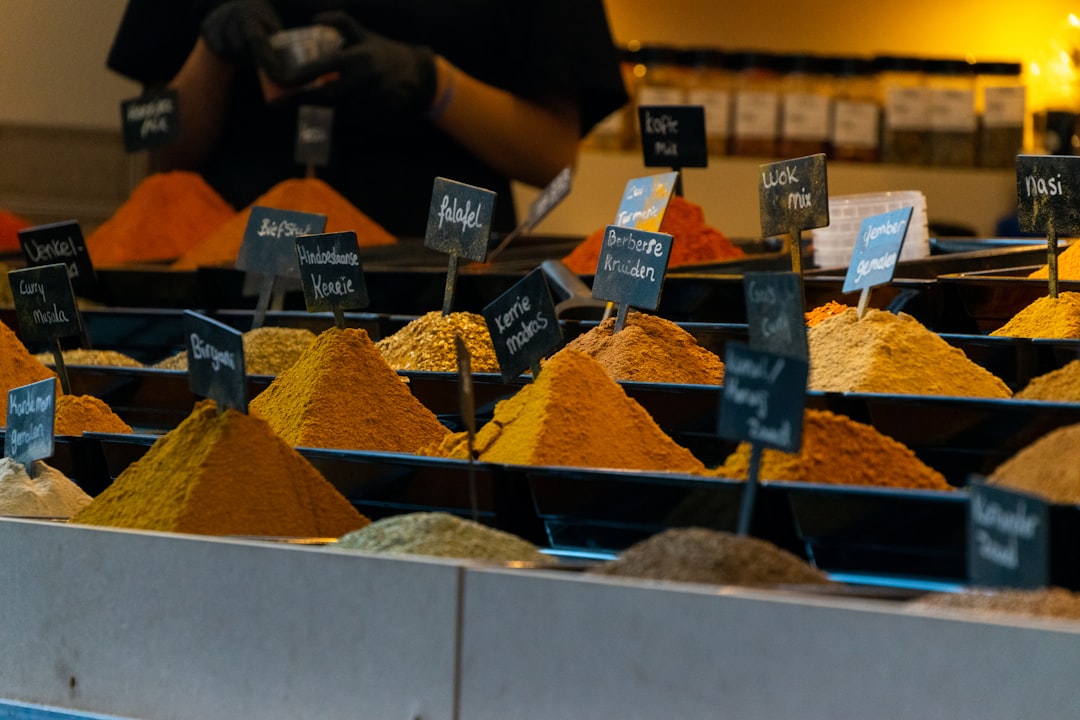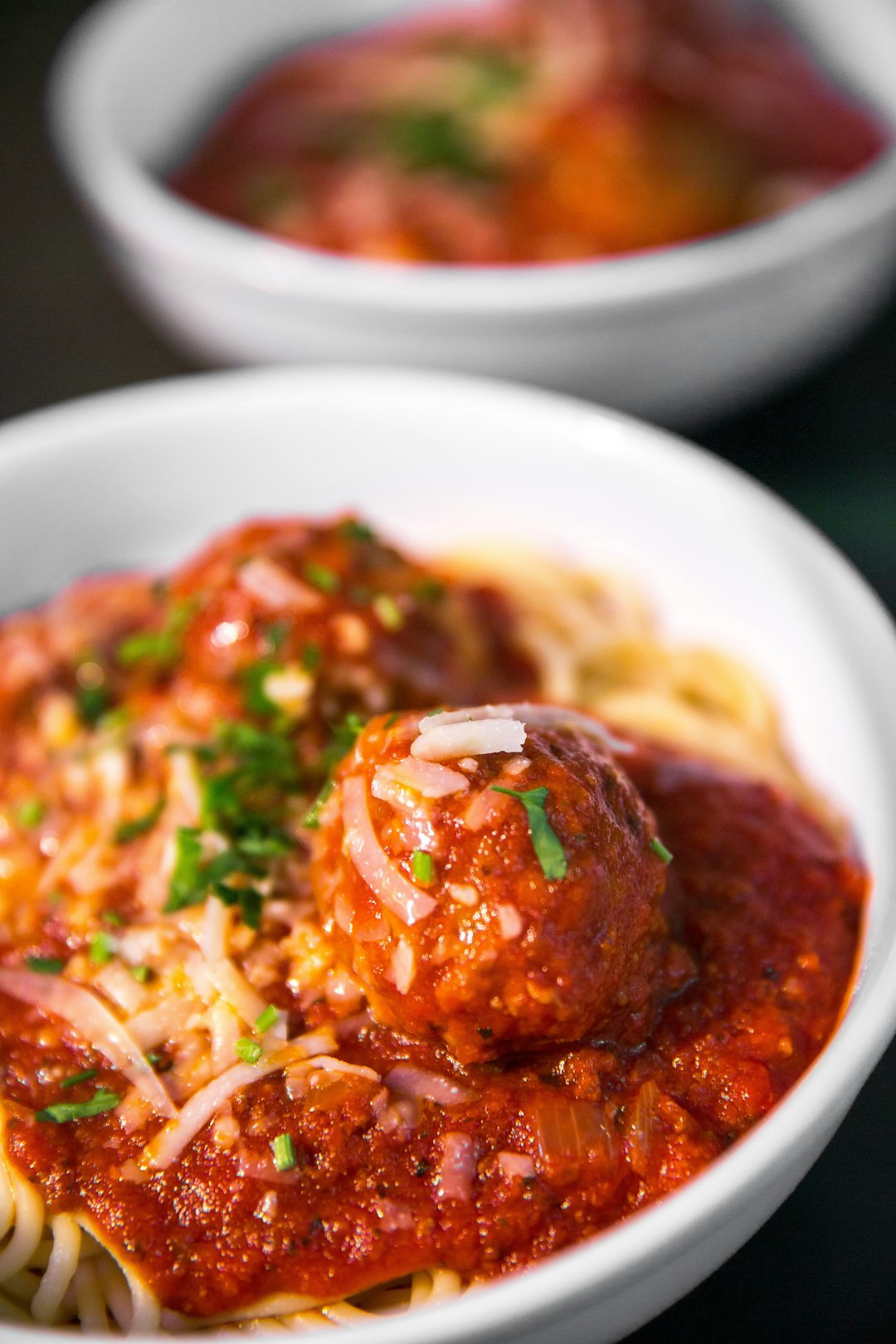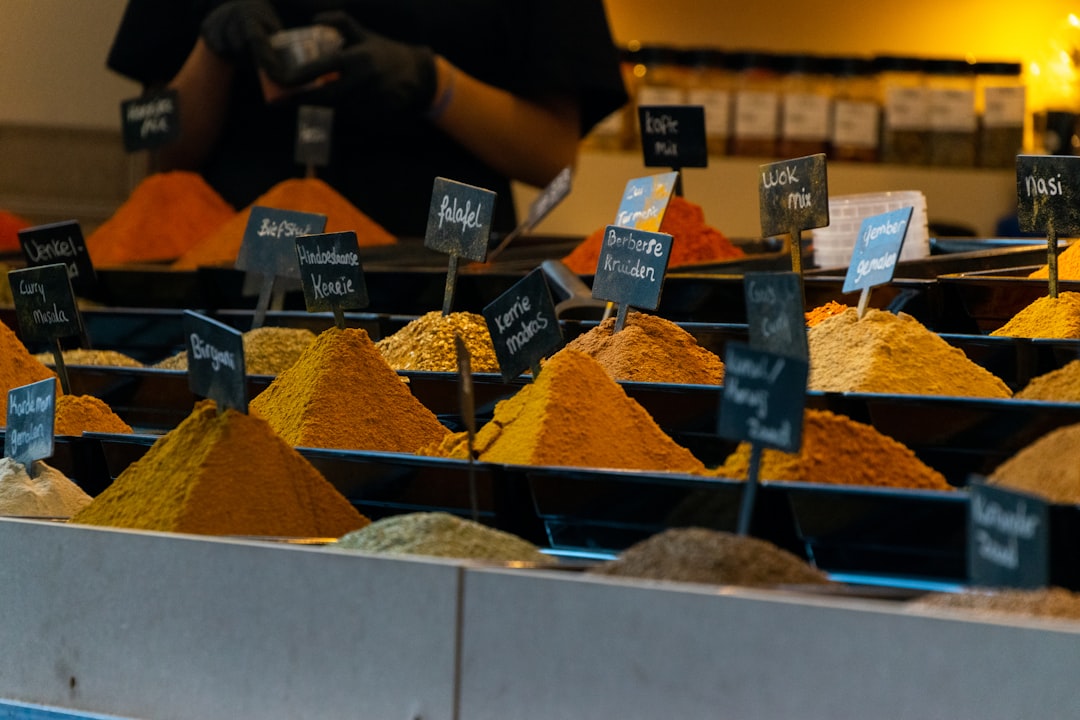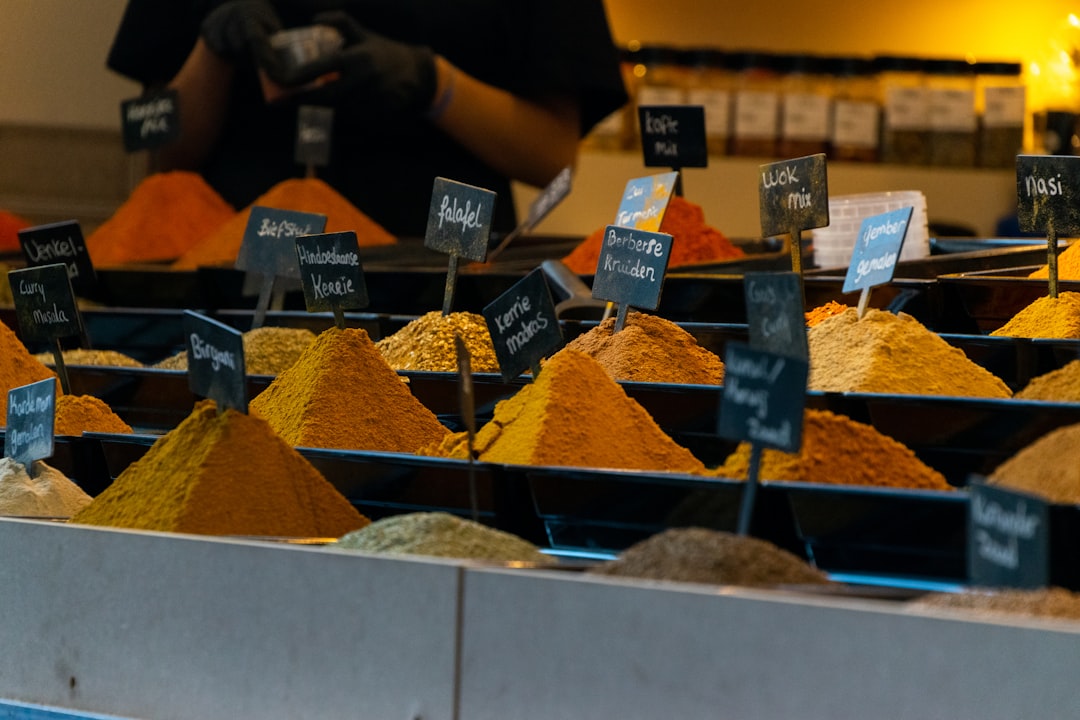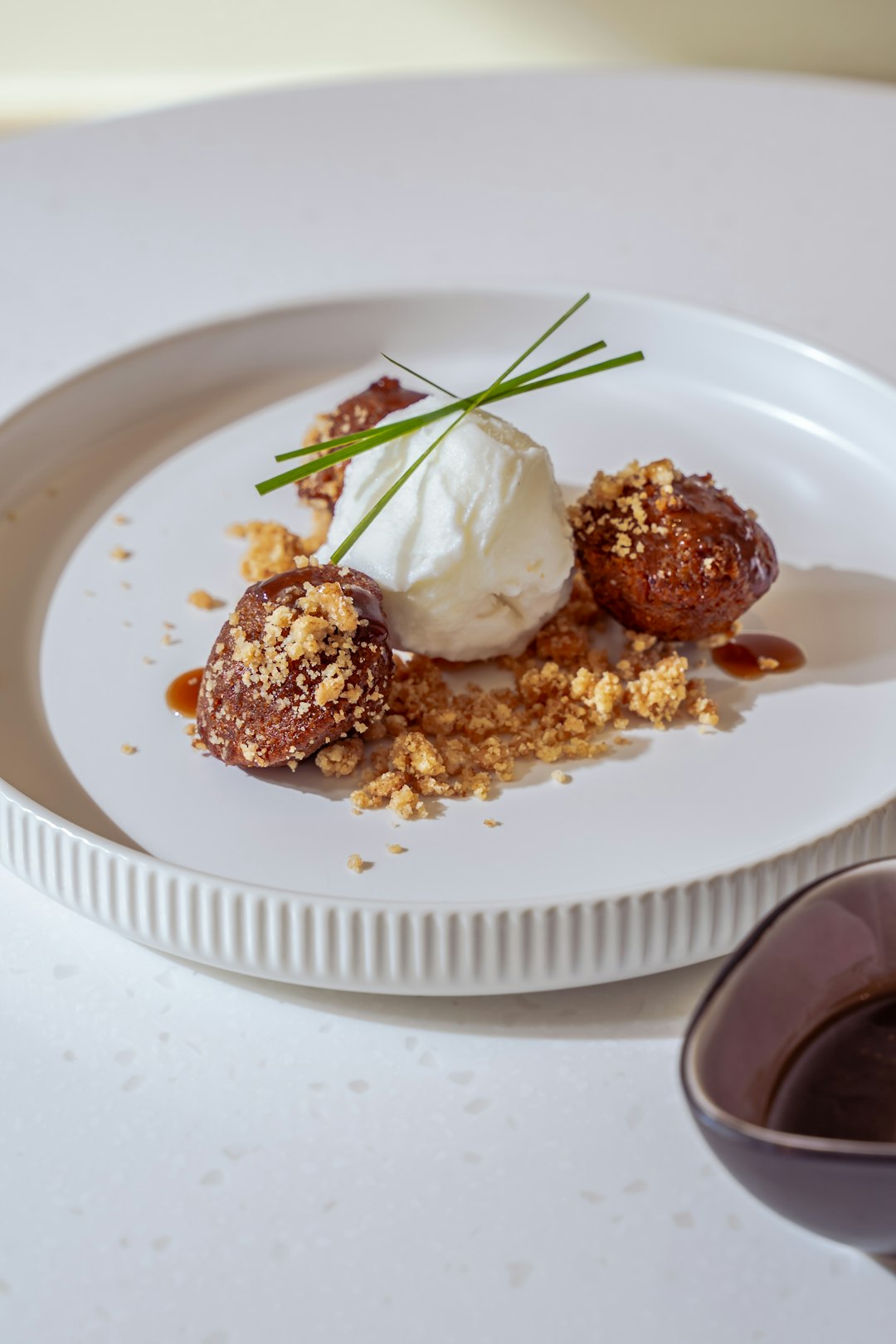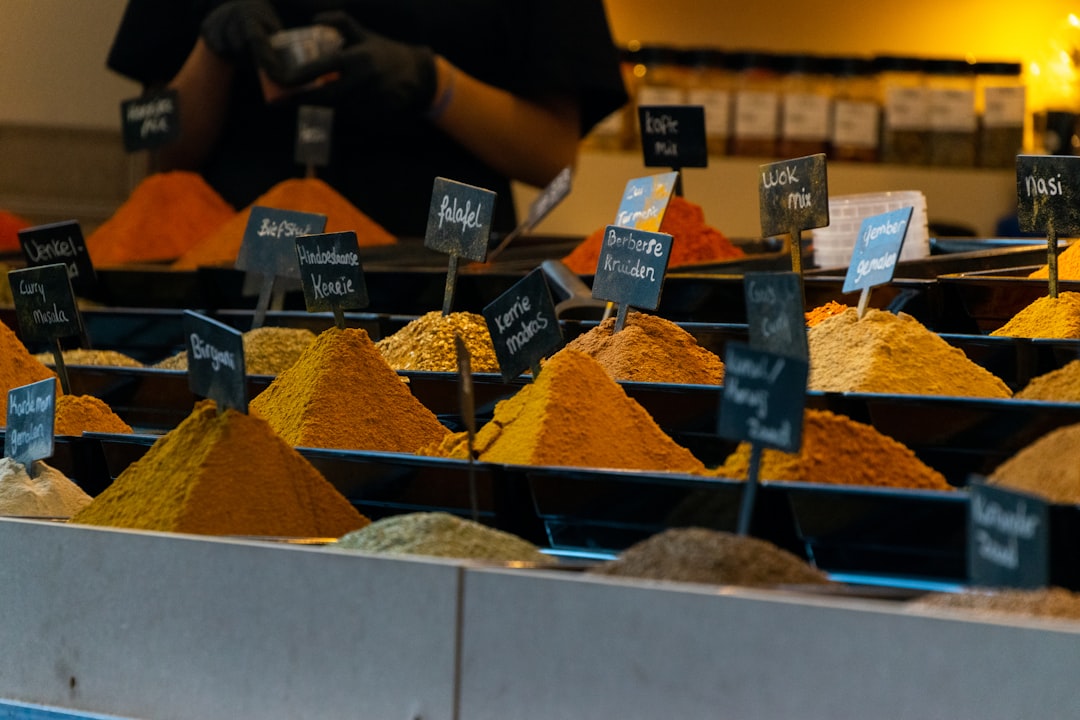Kofta
The origin of kofta is debatable; while it is believed by some to have been introduced to the region during the Ottoman Empire, another popular hypothesis is that it existed prior to this, in the form of keftes de Prasa, which were made in Mediterranean countries like Portugal and Spain in the 13th century. Whatever its origins, one thing is certain: kofta has made its mark in the culinary landscape of Middle Eastern cuisine.
The traditional kofta recipe typically calls for either lamb, beef, chicken, or a combination of the three. The mince is seasoned with fragrant spices like coriander, cumin, cardamom, cinnamon, and turmeric, as well as garlic and onion, and sometimes herbs such as parsley or mint are added. The mixture is then shaped into balls or patties and either cooked on the grill or deep-fried in oil. Kofta can also be baked or stewed in a flavorful sauce, or even served raw.
This versatile dish has the potential to liven up any meal. Serve kofta with a simple side of rice, or use them to add flavor and texture to a salad. They make a great sandwich filling, and can be used as an accompaniment to soups and stews. Kofta can easily be made vegan by subbing in tofu, mushroom, and other plant-based ingredients as the base instead of meat. Not to mention, it's easily customizable; use your favorite blend of spices to give your kofta its own unique flavor, or try adding fruits, nuts, and vegetables to the mix for an even more vibrant taste.
Whether you're in the mood for a savory snack or a delicious meal, kofta is sure to tantalize your taste buds and provide an unforgettable culinary experience.
Kofta dishes
A selection of Kofta dishes.
Sulu köfte
Sulu Köfte is one of the dishes that makes Turkish cuisine truly unique; with its intricate blend of flavors, textures, and colors, the dish is a veritable symphony of exotic deliciousness. The main ingredients are minced beef combined with bulgur wheat, chopped onions, and fragrant spices, all enveloped in an irresistibly succulent tomato sauce.
Sulu köfteÇiğ köfte
Çiğ Köfte is an incredibly dynamic and flavorful dish from the Mediterranean region that has been tantalizing taste buds for centuries. This delectable dish is composed of freshly minced raw beef seasoned with spices, bulgur, and herbs. It is then formed into a patty-like shape and served over lavash, lettuce, or bulgur pilaf. Çiğ Köfte is undoubtedly an acquired taste, but it can be quite a gustatory experience once people get to know it.
Çiğ köfteVan köfte
Delve into the tantalizing tapestry of Turkish cuisine, and you'll uncover a hidden gem - Van köfte. Amidst the vibrant and eclectic flavors of this culinary landscape, Van köfte stands tall, a testament to the artistry and ingenuity that comes together in a single dish. Hailing from the historic city of Van, nestled in the eastern region of Anatolia, this savory delight is like a symphony of textures and tastes, magnificently orchestrated to enchant even the most discerning palates.
Van köfteAkçaabat meatballs
Ah Akçaabat meatballs. Just the mere thought of them ignites a sudden craving for their succulent, seasoned delight. Akçaabat meatball hails from Turkey’s Black Sea region, but its influence on Turkish culture is far greater than its limited origin. It’s virtually synonymous with the country’s culinary reputation, a veritable appetizer institution enjoyed in taverns and restaurants across the country.
Akçaabat meatballsDry meatballs
When it comes to classic comfort food, dry meatballs rank among the highest in the pantheon. For generations, pantries have been stocked with the individually-rolled globes of delectable goodness. Whether served as piquant hors d'oeuvres or as part of a heartwarming main course, dry meatballs have been an integral part of the culinary landscape for decades.
Dry meatballsTabriz meatballs
Ah, Tabriz meatballs. Few dishes are as evocative of an exotic culinary experience as these classic Persian delicacies. Believed to have originated in the beautiful city of Tabriz in northwest Iran, their unique flavor is the result of a perfect blend of spices including cinnamon, nutmeg, and cardamom, giving them a flavor that is both comforting and unexpected.
Tabriz meatballsTire meatballs
In a short article about the deliciously savory dish known as Tire Meatballs, I'd be remiss to omit its sybaritic history. Tire meatballs have been popular in various parts of the world for centuries, and it's easy to see why. Though traditionally originating in Lebanon, this hearty and soulful dish has since become an international sensation, warmly embraced by cooks and diners around the globe.
Tire meatballsKofta
Kofta is a delectable dish of Eastern Mediterranean origin, typically consisting of spiced ground beef or lamb. Variations of Kofta exist in many different cuisines, each with its own unique characteristics. Kofta has long been revered for its ability to tantalize the senses and delight the soul, offering an array of flavors and textures all in one bite!
When making this classic dish, the ground meat is first mixed with spices such as garlic, cumin, coriander, paprika, parsley, mint, and onion. This mixture is then formed into small balls and grilled or fried until golden brown. The result is an irresistible treat that will have everyone coming back for more!
One of the best things about Kofta is that it is incredibly versatile and can be enjoyed with a variety of different accompaniments. It goes perfectly with a side of pitta bread and tzatziki, as well as hummus and flatbreads. Additionally, it can be paired with couscous, rice, roasted vegetables, or even potatoes. Kofta also makes for a great topping on salads or in wraps, or simply served with a tangy yogurt sauce.
A classic Kofta recipe is often served as part of an elaborate dinner spread and typically consists of grilled Kofta meatballs served with rice and accompanied by a selection of salads and pickles. Another popular combination is Kofta Kebabs, served with a creamy yogurt-based raita, fresh flatbreads and a traditional garlicky dip called toum.
Kofta is not only delicious but also incredibly simple to make. With minimal ingredients and minimal effort, you can create a truly scrumptious and satisfying meal in no time at all. Whether you opt for a traditional Kofta recipe or you get creative and experiment with different flavors, Kofta is sure to become a family favorite to cook and eat again and again.
History of Kofta
Ah, Kofta.. The savory and delightfully spiced dish that graces the table of many a home. Oh, the memories! A Sunday dinner staple in my family growing up, dishes like Kofta were prepared over many generations of cooks before me, each one putting their own unique spin on the classic recipe. But where did this beloved dish actually originate?
Kofta is believed to have originated in the Indian subcontinent, having been around for centuries. While the dish may have changed somewhat over the years, some of the traditional ingredients still remain central to its preparation today - the meatballs are often made with either beef, lamb or chicken mince, and are then spiced with a variety of herbs and spices. The flavor can vary greatly depending on which region the dish is being prepared in as each area has their own unique take on the dish.
The word “Kofta” itself is thought to be derived from the Farsi word “koftah” meaning “to pound” or “to grind”, suggesting that the dish we know and love may have started out as a way to use up leftovers in pre-historic times. There are also some theories that suggest that Kofta dishes may have come to India from Central Asia; however, there is no way to definitively prove this.
Regardless, Kofta has now become a much-loved meal all over the world, with recipes passed down from generation to generation, each one incorporating its own unique touches. Whether it’s served as a part of a special occasion or simply as an accompaniment to a weeknight dinner, Kofta has surely cemented itself as a delicious and timeless classic.
